Learn How to Think Like a Scientist in the New Research Foundations Cluster
In our most ambitious cluster yet, students will learn how to think like a scientist, develop crucial lab skills, effectively communicate research, and find their future in science!
The new Research Foundations cluster consists of 19 pathways that introduce topics including the Scientific Method, lab etiquette and safety, statistical research tools, and scientific illustration. Through exploring these and other important themes, students will learn how to design experiments and communicate their findings—with an emphasis on doing so ethically and collaboratively.
Below, read more about the pathways of the Research Foundations cluster.
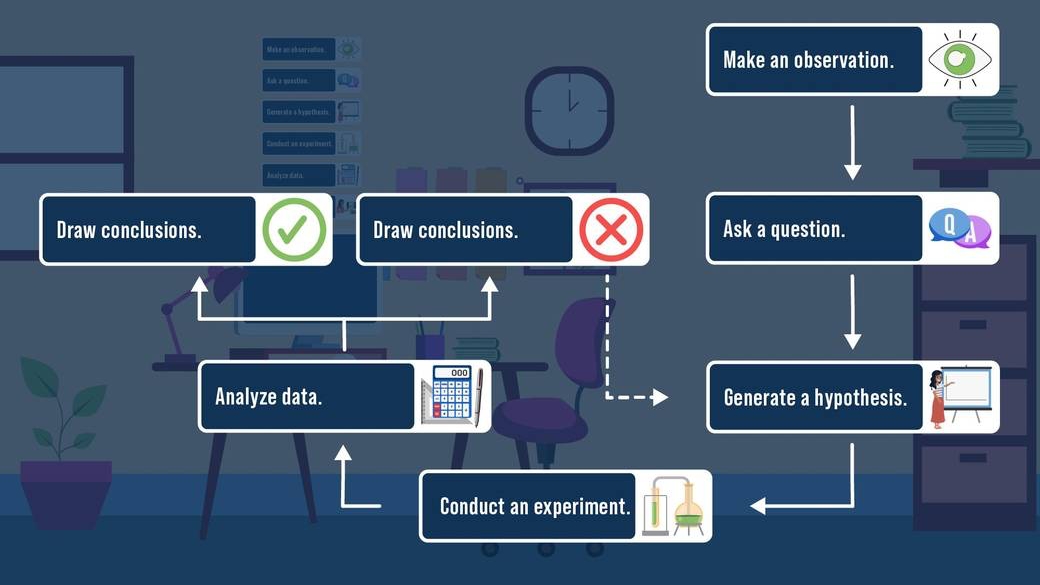
Essentials of Scientific Research
The Scientific Method
This pathway introduces the scientific method as the fundamental concept of universal problem solving in general and the scientific process in particular. It illustrates how scientific inquiry should be conducted. Multiple intuitive interactions illustrate this foundational concept that applies to anyone conducting investigations or solving problems.
Can Plants Hear? Using the Scientific Method to Explore Plant Senses
This pathway guides the learner from a real-life observation to a current discovery in plant science—can plants "hear"? By applying the scientific method in an intuitive and logical way, anyone—even without any scientific background—can arrive at a conclusion that was published in scientific journals by plant scientists.
Experimental Design
This pathway puts emphasis on asking scientific questions and defining problems. It introduces the experimental setup as a key part of planning and carrying out investigations to answer scientific questions. In particular, this pathway illustrates the importance of experimental controls through a number of examples.
Let's Experiment
Discover the power of the scientific method through the lens of photosynthesis and ecology! This pathway guides learners through virtual experiments, qualitative tests, and ecological principles, helping them to analyze energy flow in living systems. Through interactive activities, learners will deepen their understanding of experimentation and data interpretation in biology.
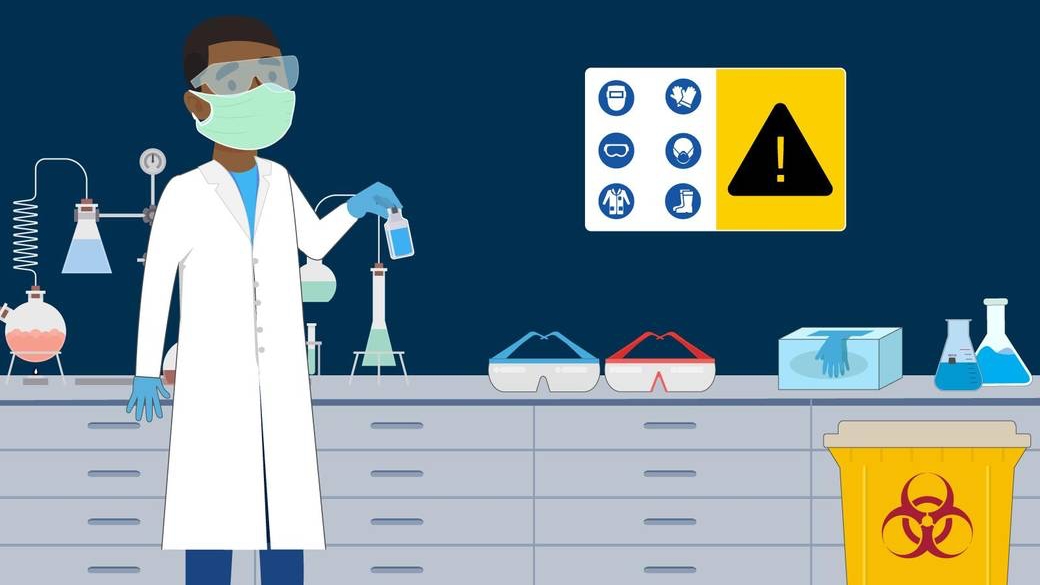
Basic Lab Skills
Lab Etiquette and Safety
This pathway focuses on expected norms and behaviors in a research lab, as well as best practices when conducting scientific research. Topics include lab roles, being a good lab citizen, how to get the most out of a research experience, and how to communicate with labmates. Lab safety is an integral part of being a good lab citizen!
Pipetting and Solutions
This pathway is a comprehensive collection of instructional videos and interactives on essential lab techniques, focusing on pipetting and making solutions. Designed for flexible learning, it serves as an extensive glossary allowing learners to explore and refine their skills in a non-sequential order. Ideal for learners at all levels, this pathway enhances understanding and proficiency in foundational laboratory practices at one's own pace.
Separating Biological Molecules
This pathway shows how to separate DNA and proteins with gel electrophoresis and how to purify proteins from cells.
Manipulating DNA
This pathway shows a number of molecular biology techniques to manipulate DNA, including PCR, restriction enzyme digests, ligations, and transformations.
Working with Cells
This pathway gives an overview of how to work with bacterial cells, human tissue culture cells, and fluorescently labeled cells.
Measuring pH and Quantitative Measurements
This pathway introduces how to measure pH and the quantitative measurements of temperature, pressure, oxygen, and carbon dioxide.
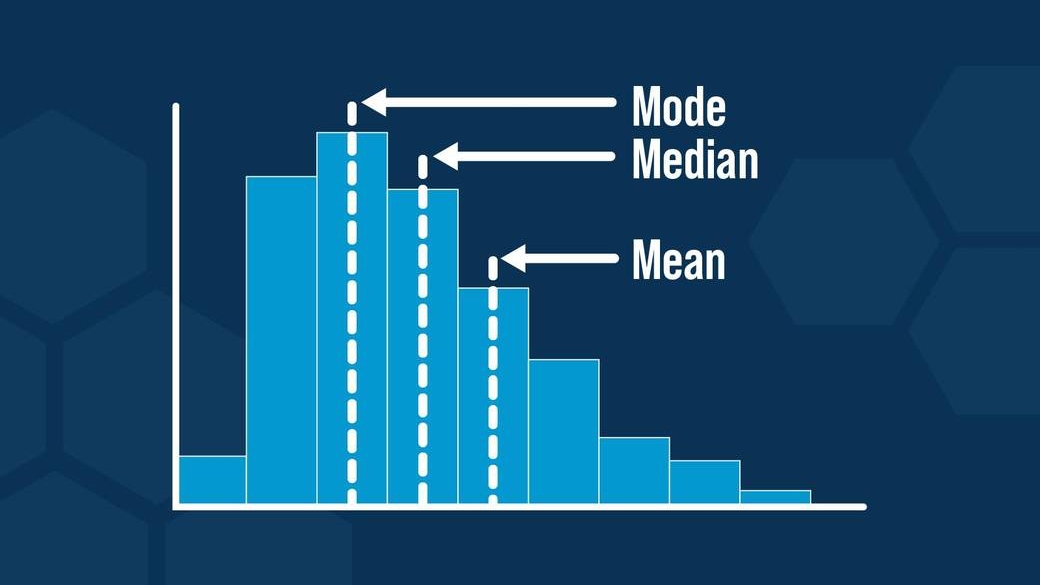
Data Literacy
Biological Data Interpretation
Master the essential techniques of molecular biology and biochemistry! This pathway takes learners through DNA and protein analysis, gel electrophoresis, immunoblotting, cell fractionation, DNA sequencing, chromatography, and biological data interpretation—highlighting the skills needed to analyze and interpret key experimental results in the lab.
Statistical Research Tools
Build a strong foundation in data science and data literacy! This pathway explores key concepts like distributions, variability, and centrality, alongside hands-on practice in data visualization, correlation vs. causation, and experimental design. Learners will interpret biological and chemical data through graphs, histograms, and decision trees—turning raw data into meaningful insights!
Bioinformatics
This pathway focuses on the part of data literacy that involves dealing with databases specific to the life sciences and computer-based data mining.
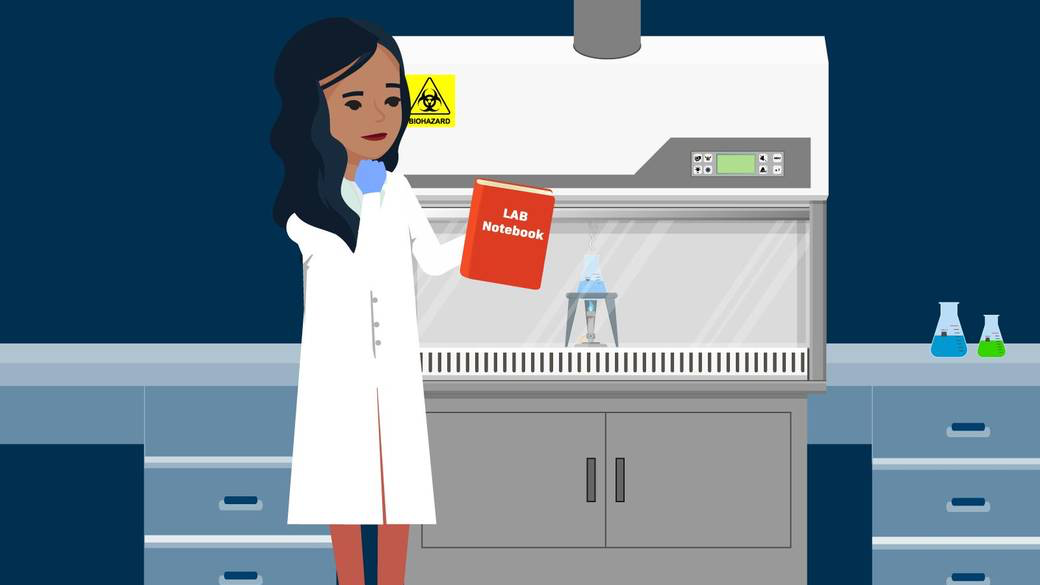
Interpreting & Communicating Science
Communication Skills
As a scientist, it is vital to be able to clearly communicate your data, findings, arguments and models. This pathway introduces the best practices of scientific writing and presenting. It also introduces the lab notebook as the means to document the planning, protocols, recorded data, and conclusions of experiments conducted in the lab.
Critical Reading of Scientific Papers
An essential part of scientific literacy is the critical reading and analysis of research papers. This pathway dissects each section of a research article to help the learner understand its logic and structure.
Research Integrity and Scientific Misconduct
This pathway spreads awareness of scientific misconduct and introduces how it can be countered by research integrity.
Scientific Illustration
One important aspect of data and science literacy is understanding and designing scientific illustrations that show experimental results or models. This pathway helps to appreciate and interpret scientific illustrations.
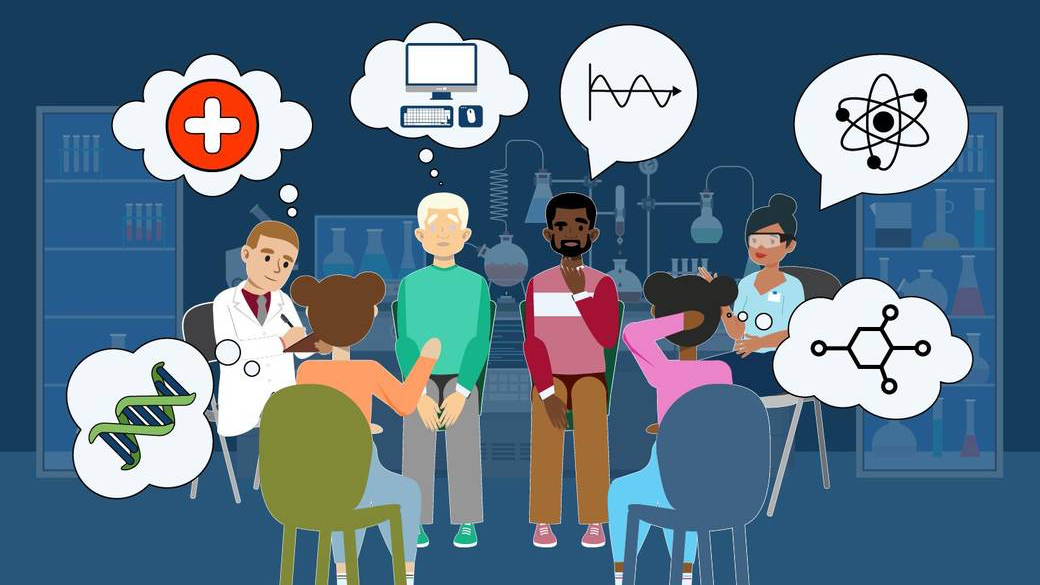
Finding Your Future in Science
Voices in Science
This pathway offers diverse voices in science from people of all backgrounds. It helps learners to see themselves in the role of scientist and emphasizes that everyone can be part of the scientific endeavor. The collected stories in science provide a broad overview of the different scientific journeys, different backgrounds, different inspirations, and ultimately different career choices in STEMM.
Practical Advice
This pathway gives practical advice about how to find research experiences that prepare learners for careers in STEMM.
Is your curiosity piqued? Explore the full Research Foundations cluster!



.svg)

.svg)



